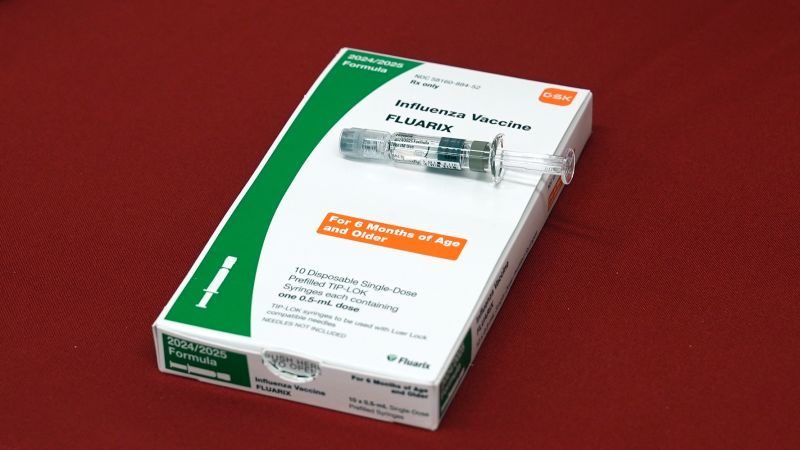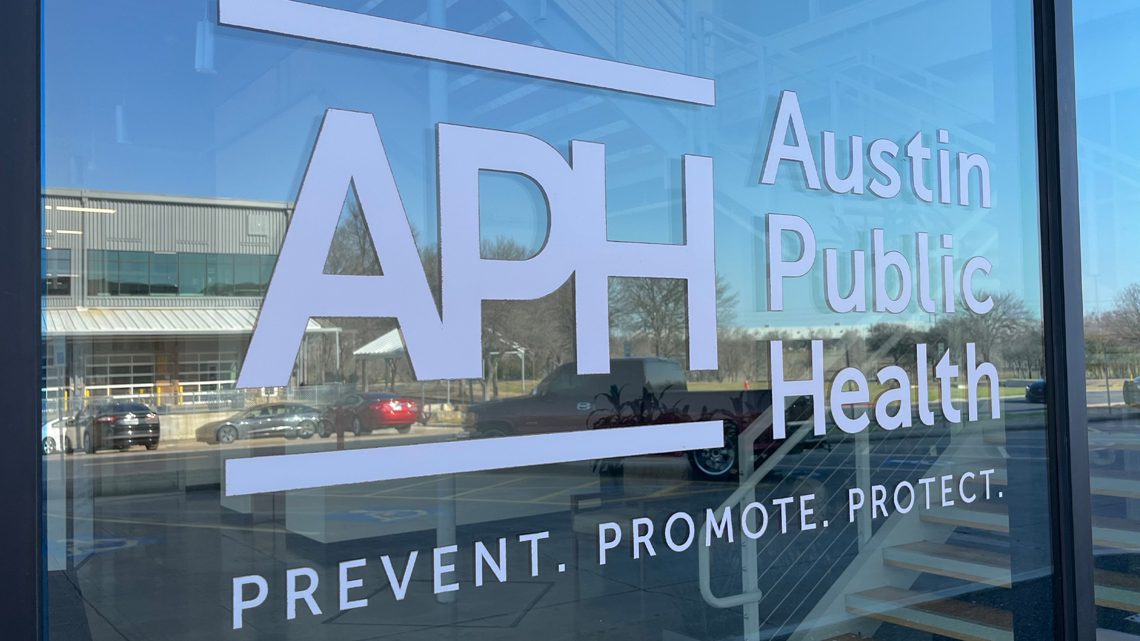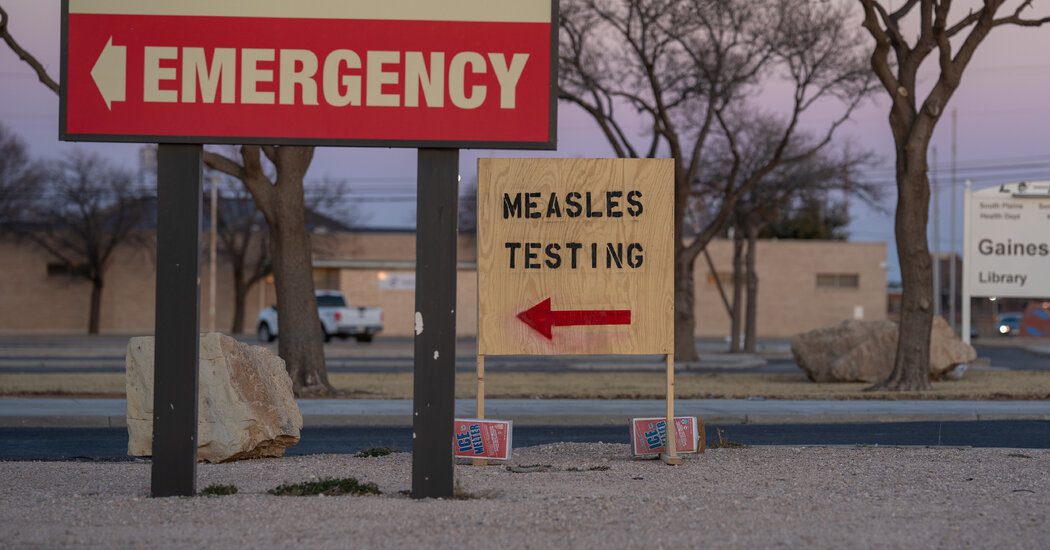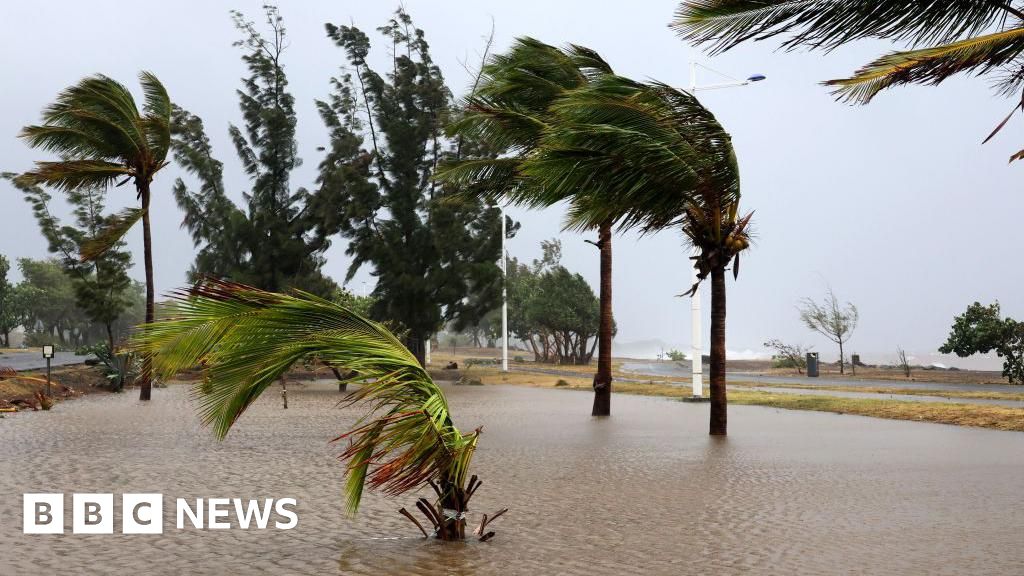
AP
—
The winter virus season in the United States is proving to be exceptionally severe, reaching levels not seen in the past 15 years.
One significant indicator of flu activity is the proportion of visits to medical facilities due to flu-like symptoms. According to recent data from the Centers for Disease Control and Prevention (CDC), the figures from last week were notably higher than any winter flu season peak since the swine flu pandemic of 2009-2010, as reported on Friday.
While other viral infections can mimic flu symptoms, COVID-19 seems to be decreasing, based on hospital statistics and CDC forecasts. Furthermore, available evidence indicates that another respiratory illness, RSV, is also declining across the nation.
The flu outbreak has led to school closures in various states. For instance, the Godley Independent School District in Texas, serving around 3,200 students, had to shut down for three days last week after a significant number of students—650—and 60 staff members were absent.
Jeff Meador, a spokesperson for the district, reported that most illnesses among students were attributed to the flu, along with some strep throat cases. He remarked that this is the worst flu season he can recall.
The CDC estimates that there have been at least 24 million flu cases this season, resulting in roughly 310,000 hospitalizations and 13,000 fatalities, including at least 57 children. Historically, flu season typically peaks around February.
Last week, 43 states reported high to very high levels of flu activity, with the most severe outbreaks observed in the Southern, Southwestern, and Western regions of the United States.
In Rochester, New York, Dr. Elizabeth Murray, a pediatric emergency medicine specialist at the University of Rochester Medical Center, noted that while the flu season is severe, it does not seem to surpass the intensity experienced in previous years.
She stated that although flu cases are high, RSV cases and a surprising number of infants with COVID-19 are also prevalent.
“All forms of respiratory illnesses are circulating vigorously this season,” Murray added.
The CDC has declined requests from Associated Press reporters to discuss recent flu trends with an agency expert. The Trump administration previously placed a temporary halt on communications by health agencies, a policy that has continued to deny requests for interviews that used to be granted with ease.
Late Friday, a CDC representative acknowledged that new data indicates “the highest absolute value” of flu-like illness recorded in comparison to previous seasons. However, they noted that this figure relies on a baseline estimate for doctor’s visits, which gets recalibrated annually. Earlier in January, the CDC characterized the flu season as “moderate” in severity.
U.S. health authorities recommend that individuals aged six months and older receive an annual flu vaccination.
This winter, approximately 44% of adults have gotten flu shots, consistent with last winter’s rates. However, vaccination among children has decreased significantly, hovering around 45%, while it usually sits around 50%, according to the CDC.
As of late January, about 23% of American adults had received up-to-date COVID-19 vaccinations, an increase from 20% at the same time last year. The vaccine coverage for children remained similar, around 12%.
The government has yet to release estimates regarding the efficacy of this year’s flu vaccine.
Testing results indicate that two primary strains of seasonal flu—Type A H1N1 and Type A H3N2—are responsible for most illnesses this season. Health officials are also monitoring a less common strain, the Type A H5N1 bird flu, which has affected millions of animals but only been documented in 67 human cases in the U.S.
To prevent the spread of seasonal viruses, health experts advise steering clear of touching your face, including the eyes, nose, and mouth, as germs can easily propagate that way. Regularly washing hands with soap, disinfecting frequently touched surfaces, and maintaining distance from individuals who are unwell are also recommended measures.









